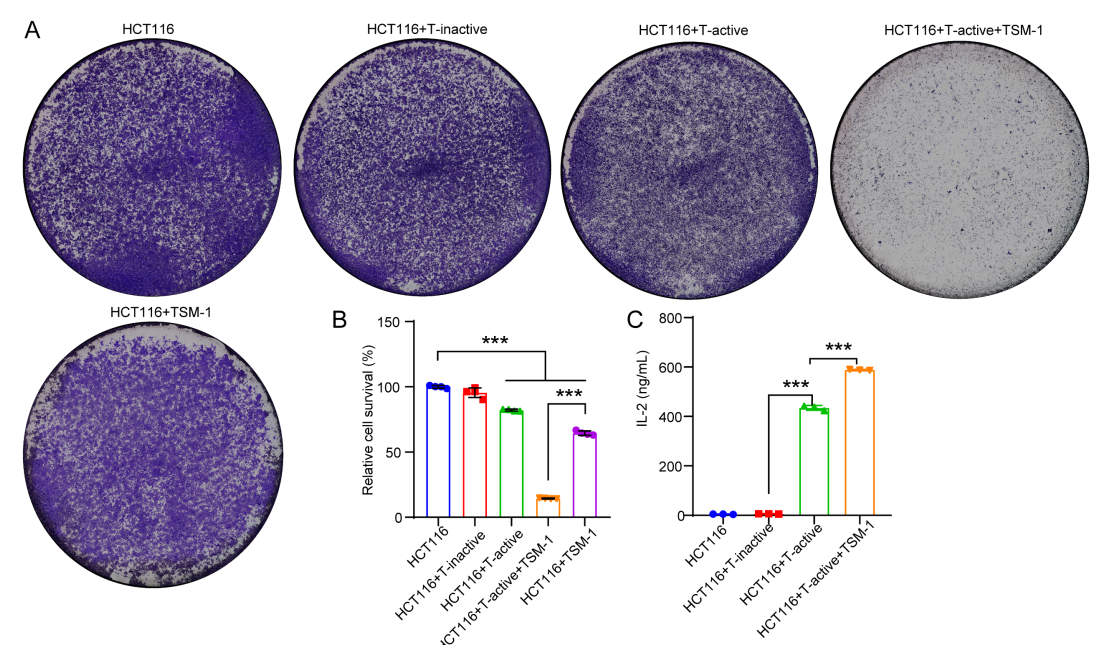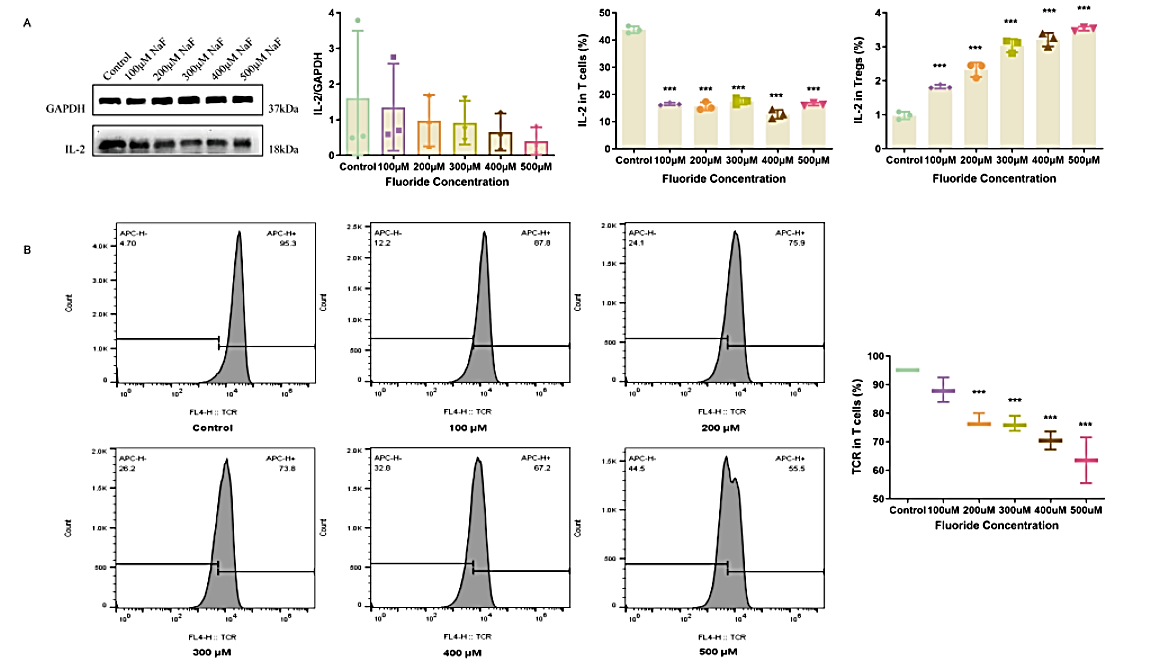- Cart 0
- English
Guidelines on the biological function and application of phytohemagglutinin
September 22, 2025
Clicks:132
Product introduction:
Phytohemagglutinin (PHA) refers to a bean lectin extracted from red kidney bean (Phaseolus Vulgaris). It is a tetrameric glycoprotein formed by non-covalent bonding of 4 subunits, containing two subunit molecules, L subunit (leukoagglutinin) and E (erythroagglutinin), containing 5 isomers (L4, L3E1, L2E2, L1E3 and E4). The L subunit has leukocyte agglutination and high mitogenic activity; The E subunit has high erythrocyte agglutination and low mitogenic activity.
According to different subunit compositions, PHA can be divided into several different forms, mainly including PHA-L, PHA-E, PHA-P and PHA-M. The following are their main uses in scientific research:
PHA-L:
Main function: PHA-L is a purified L4 tetramer, mainly as a stimulator of T lymphocytes, and is widely used in immunological research. It can be used as a positive control for INF-γICS, ELISPOT experiments; Stimuli of PBMC culture; Anterograde nerve tracers, etc.
Biological activity: It has high mitogenic activity and leukocyte agglutination activity, but extremely low erythrocyte agglutination activity.
Application: It is mainly used to stimulate T cell proliferation and immune response research.
PHA-E:
Main function: PHA-E is a purified E4 tetramer, and its main use is the study of erythrocyte agglutination or glycosylation modification.
Biological activity: It has high erythrocyte agglutination activity and low mitogenic activity.
Application: It is mainly used for erythrocyte agglutination experiments and glycosylation studies.
PHA-P:
Main function: PHA-P is the protein form of PHA before the separation and purification of PHA-L and PHA-E, and its composition is comparable to PHA-M.
Biological activity: It has the activity of promoting mitosis and inducing interferon secretion.
Application: It is mainly used to stimulate the proliferation of peripheral mononuclear cells, promote the production of certain cytokines and the expression of membrane surface proteins.
PHA-M
Main Function: PHA-M is the viscous protein form of phytohemagglutinin, and its composition is comparable to PHA-P. It is mainly used to stimulate the proliferation of peripheral mononuclear cells, promote the production of certain cytokines and the expression of membrane surface proteins.
Biological activity: It has the activity of promoting mitosis and inducing interferon secretion.
Application: It is widely used in immunological research, especially in cell proliferation and cytokine production.
Customer application examples:
Application 1.
Use PHA-L (abs47014909) to pre-stimulate Jurkat T cells to explore the mechanism of small molecule PROTAC-mediated targeted protein degradation in the treatment of STAT3-dependent epithelial cancer [1]
HCT116 cells were seeded at a density of 1 × 104 cells/well into 12-well plates for attachment, followed by treatment with TSM-1 (1 μM) for 24 h. Then, Jurkat T cells (6 × 104) were pre-stimulated with PHA (10 μg/mL) and PMA (10 ng/mL) for 4 h. HCT116 cells were co-cultured with activated Jurkat T cells for 24 h. The ELISA kit was used to detect the level of IL-2 in the supernatant medium, which is a biomarker for monitoring T cell activation. Virtualization of potentially cancerous viable cells by crystal violet staining. After lysing the cells in 10% acetic acid, the cells were quantified using a Cytation 5 microplate reader (BioTek) at 595 nm.

Figure 1 TSM-1 induces T cell activation and infiltration in vitro
Application 2:
Jurkat T cells were cultured using PHA-M (abs47014911) to explore the mechanism of fluoride interfering with the immune system [2].
Jurkat T cells (HTX4056, Otwo Biotech) were grown in RPMI 1640 medium supplemented with 10% fetal bovine serum (FBS, abs972, Absin), penicillin-streptomycin solution and 5 ug/mL phytohemagglutinin-M (abs47014911, Absin), 5 ug/mL Ultra LEAFTM purified anti-human CD28. Cell lines were cultured in a humidified incubator at 37 °C, 5% CO2 and 95% air.

Fig. 2 Fluoride can inhibit T cell activation and hinder the internalization of T cell receptors
Different forms of PHA mainly differ in their subunit composition and corresponding biological functions. PHA-L and PHA-E have high mitogenic activity and high erythrocyte agglutination activity, respectively, while PHA-M and PHA-P are mainly used to stimulate cell proliferation and cytokine production. Each form has its specific applications in immunological research and cell biology research.
References
[1] Jin J, Wu Y, Zhao Z, et al. Small-molecule PROTAC mediates targeted protein degradation to treat STAT3-dependent epithelial cancer [J]. JCI Insight. 2022; 7 (22): e160606.
[2] Zhu S, Liu B, Fu G, et al. PKC-θ is an important driver of fluoride-induced immune imbalance of regulatory T cells/effect T cells [J]. Sci Total Environ. 2024;934:173081.
PHA product recommendations:
|
Item number |
Product name |
Specifications |
|
abs47014910 |
Phytohemagglutinin-L solution (500 ×) |
100uL |
|
abs47014909 |
Phytohemagglutinin-L (Phaseolus vulgaris) |
5mg |
|
abs47014911 |
Phytohemagglutinin-M (Phaseolus vulgaris) |
5mg |
|
abs47014912 |
Phytohemagglutinin-E (Phaseolus vulgaris) |
5mg |
|
abs47014913 |
Phytohemagglutinin-P (Phaseolus vulgaris) |
5mg |
Related product recommendations:
|
Item number |
Product name |
Specifications |
|
abs9107 |
Phorbol ester (PMA) |
5mg |
|
abs551102 |
Human IL-2 ELISA Kit (Plus) |
96 T |
|
abs972 |
Fetal bovine serum (superior grade) |
500mL |
|
abs9484 |
RPMI 1640 medium (with L-glutamine, without HEPES) |
500 mL × 10 |
|
abs9244 |
Penicillin-streptomycin solution (100 ×, double antibody) |
100mL |
Absin provides antibodies, proteins, ELISA kits, cell culture, detection kits, and other research reagents. If you have any product needs, please contact us.
|
Absin Bioscience Inc. Email: worldwide@absin.cn |
 Follow us on Facebook: Absin Bio Follow us on Facebook: Absin Bio |
